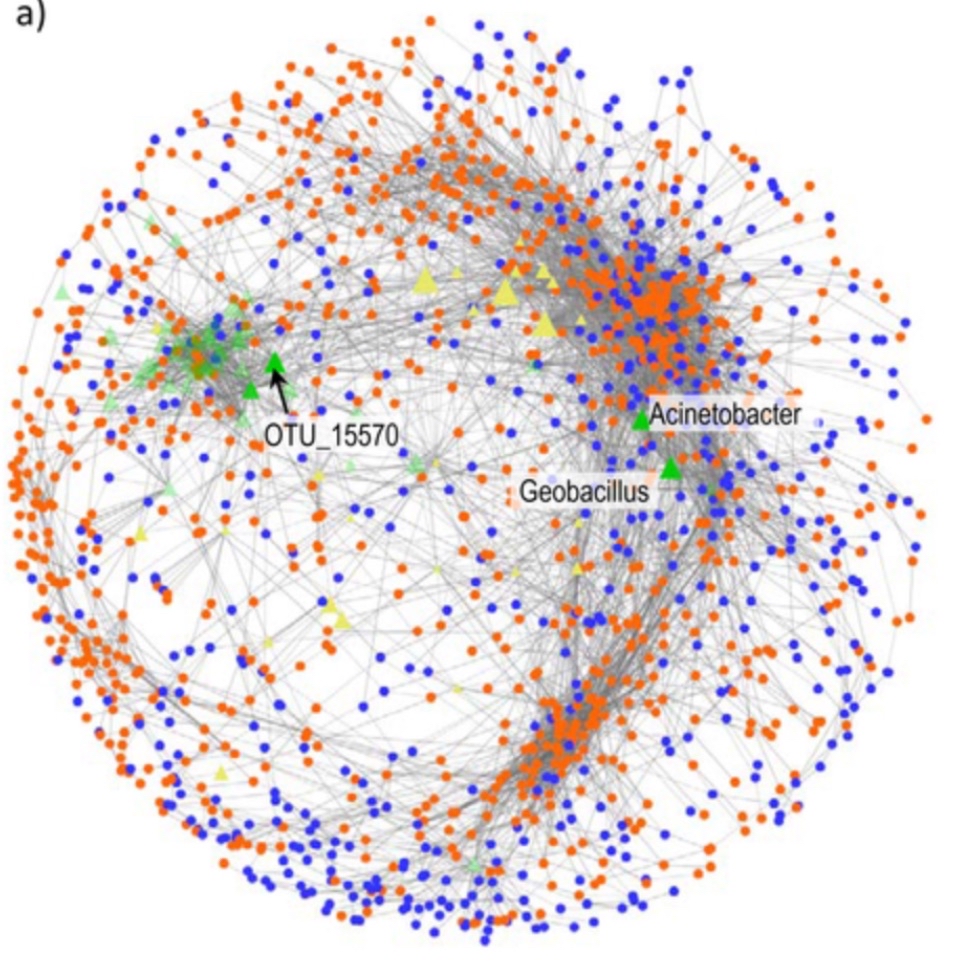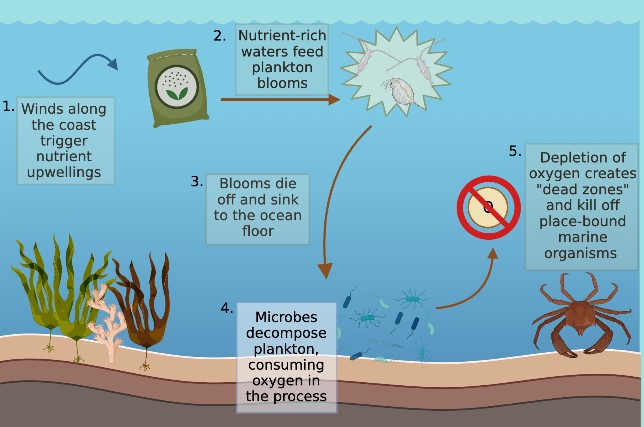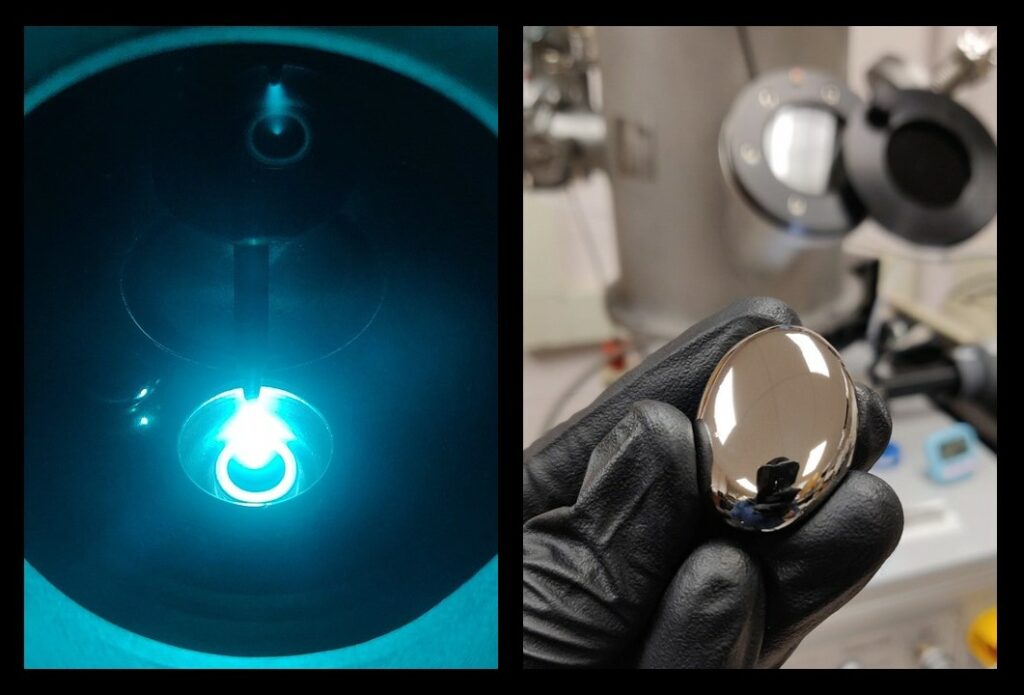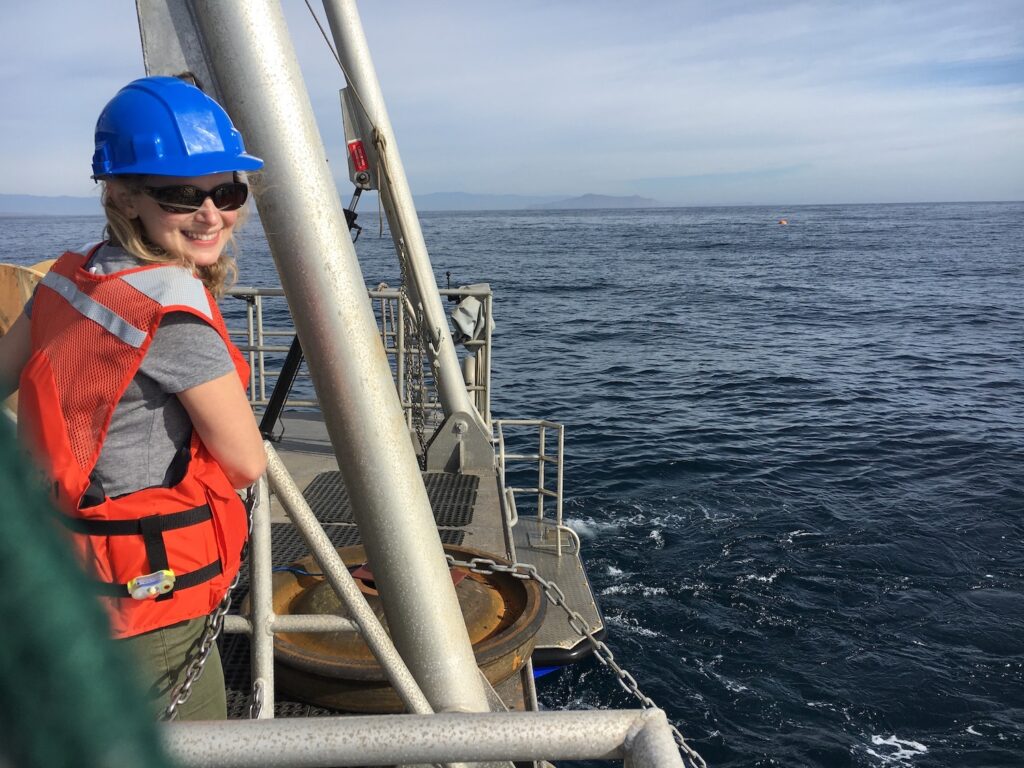In August of 2015, the Animas River in Colorado turned yellow almost overnight. Approximately three million gallons of toxic waste water were released into the watershed following the breaching of a tailings dam at the Gold King Mine. The acidic drainage led to heavy metal contamination in the river reaching hundreds of times the safe limits allowed for domestic water, having devastating effects on aquatic life as well as the ecosystems and communities surrounding the Silverton and Durango area.
This environmental disaster was counted by our guest this week, Nuclear Science and Engineering PhD student Dusty Mangus, as a close-to-home critical moment in inspiring what would become his pursuit of an education and career in engineering. “I became interested in the ways that engineering could be used to develop solutions to remediate such disasters,” he recalls.
Following his BS of Engineering from Fort Lewis College in Durango, Colorado, Dusty moved to the Pacific Northwest to pursue his PhD in Nuclear Engineering here at Oregon State, where he works with Dr. Samuel Briggs. His research here focuses on an application of engineering to solve one of the biggest problems of our age: energy – and more specifically, the use of nuclear energy. Dusty’s primary focus is on using liquid sodium as an alternative coolant for nuclear reactors, and the longevity of various materials used to construct vessels for such reactors. But before we can get into what that means, we should define a few things: what is nuclear energy? Why is nuclear energy a promising alternative to fossil fuels? And why does it have such an undeserved bad rap?
Going Nuclear
Nuclear energy comes from breaking apart the nuclei of atoms. The nucleus is the core of the atom and holds an enormous amount of energy. Breaking apart atoms, also called fission, can be used to generate electricity. Nuclear reactors are machines that have been designed to control the process of nuclear fission and use the heat generated by this reaction to power generators, which create electricity. Nuclear reactors typically use the element uranium as the fuel source to produce fission, though other elements such as thorium could also be used. The heat created by fission then warms the coolant surrounding the reaction, typically water, which then produces steam. The United States alone has more than 100 nuclear reactors which produce around 20% of the nation’s electricity; however, the majority of the electricity produced in the US is from fossil fuels. This extremely potent energy source almost fully powers some nations including France and Lithuania.
One of the benefits of nuclear energy is that unlike fossil fuels, nuclear reactors do not produce carbon emissions that contribute to the accumulation of greenhouse gases in the atmosphere. In addition, unlike other alternative energy sources, nuclear plants can support the grid 24/7: extreme weather or lack of sunshine does not shut them down. They also take up less of a footprint than, say, wind farms.
However, despite their benefits and usefulness, nuclear energy has a bit of a sordid history which has led to a persistent, albeit fading in recent years, negative reputation. While atomic radiation and nuclear fission were researched and developed starting in the late 1800s, many of the advancements in the technology were made between 1939-1945, where development was focused on the atomic bomb. First generation nuclear reactors were developed in the 1950s and 60s, and several of these reactors ran for close to 50 years before decommission. It was in 1986 the infamous Chernobyl nuclear disaster occurred: a flawed reactor design led to a steam explosion and fires which released radioactive material into the environment, killing several workers in the days and weeks following the accident as a result of acute radiation exposure. This incident would have a decades-long impact on the perception of the safety of nuclear reactors, despite the significant effect of the accident on reactor safety design.
Nuclear Reactor Safety
Despite the perception formed by the events of Chernobyl and other nuclear reactor meltdowns such as the 2011 disaster in Fukushima, Japan, nuclear energy is actually one of the safest energy sources available to mankind, according to a 2012 Forbes article which ranked the mortality rate per kilowatt hour of energy from different sources. Perhaps unsurprisingly, coal tops the list, with a global average of 100,000 deaths per trillion kilowatt hour. Nuclear energy is at the bottom of the list with only about 0.1 deaths per trillion kilowatt hour, making it even safer by this metric than natural gas (4,000 deaths), hydro (1400 deaths), and wind (150 deaths). Modern nuclear reactors are built with passive redundant safety systems that help to avoid the disasters of their predecessors.
Dusty’s research helps to address one of the issues surrounding nuclear reactor safety: coolant material. Typical reactors use water as a coolant: water absorbs the heat from the reaction and it then turns to steam. Once water turns to steam at 100 degrees Celsius, the heat transfer is much less efficient – the workaround to this is putting the water under high pressure, which raises the boiling point. However, this comes with an increased safety risk and a manufacturing challenge: water under high pressure requires large, thick metal vessels to contain it.
Sodium, infamous for its role in the inorganic compound known as salt, is actually a metal. In its liquid phase, it is much like mercury: metallic and viscous. Liquid sodium can be used as a low-pressure, safer coolant that transfers heat efficiently and can keep a reactor core cool without requiring external power. The boiling point of liquid sodium is around 900 degrees Celsius, whereas a nuclear reactor operates in the range of around 300-500 degrees Celsius – meaning that reactors can operate within a much safer range of temperatures at atmospheric pressure as compared to reactors that use conventional water cooling systems.
Dusty’s research is helping to push the field of nuclear reactor efficiency and safety into the future. Nuclear energy promises a safer, greener solution to the energy crisis, providing a potent alternative to current fuel sources that generate greenhouse gas emissions. Nuclear energy utilized efficiently could even the capability to power the sequestration of carbon dioxide from the atmosphere, leading to a cleaner, greener future.
Did we hook you on nuclear energy yet? Tune in to the show or catch the podcast to learn more about the history, present and future of this potent and promising energy source! Be sure to listen live on Sunday January 30th at 7PM on 88.7FM or download the podcast if you missed it.


















